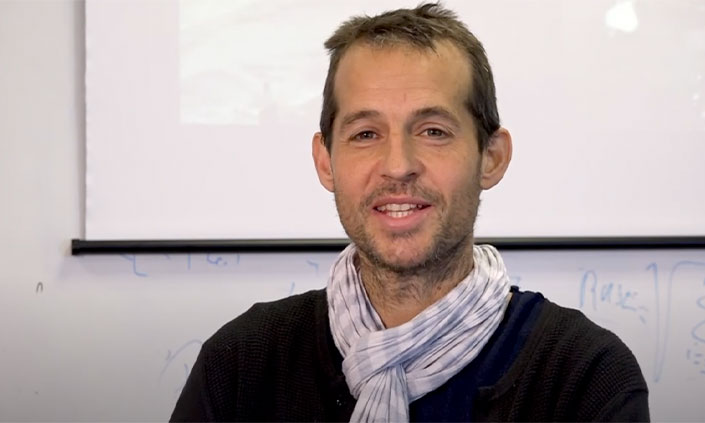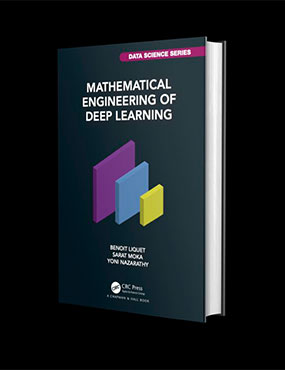Is Deep Learning the Black Box of AI?
Deep learning has been called the 'Black Box' of modern artificial intelligence systems - a new book aims to demystify the technology using maths.

Balaclava Rd, North Ryde, Macquarie University
NSW 2109 Australia
A new book co-authored by Honorary Professor Benoit Liquet aims to demystify deep learning – one of the most potent but often misunderstood technologies of our time, and the force behind many modern artificial intelligence systems.
Professor Liquet is a statistician from the School of Mathematical and Physical Sciences who also contributes to the Astrophysics and Space Technologies and the Data Horizons Research Centres.
Mathematical Engineering of Deep Learning, published by Chapman & Hall, uses mathematics rather than computer code or brain science to explain complex AI systems.
Demystifying the AI’ black box’
“Deep learning often feels like a ‘black box,’ even to scientists,” says Professor Liquet. “Our book opens that box using clear, concise mathematics; no coding or neuroscience required.”
Deep learning is the technology behind AI applications ranging from speech transcription to generating images from text descriptions.
The book describes a range of base technologies used by deep learning, such as neural networks – layered mathematical systems that process information similar to the way our brains function. Neural networks learn through a process called ‘back propagation,’ which involves identifying what parts need to be adjusted when mistakes occur.
“It’s like learning from incorrect exam answers,” says Professor Liquet. He says the book uses mathematical equations – rather than complex code – to explain the key concepts behind modern AI systems.
Concepts covered include neural networks, convolutional models (specialised for visual recognition), and transformers (the technology behind chatbots and language systems).
“For example, we show how convolutional models use mathematical principles like spatial locality and weight sharing to analyse images at different scales – which is the same process that allows computers to recognise faces or detect objects in photographs.”
Bridging disciplines
Taking a mathematical approach creates bridges between different academic fields by showing how the same concepts are framed differently for each audience, Professor Liquet says.

“For instance, what statisticians call a ‘covariate’ becomes a ‘feature’ in machine learning, while a ‘response variable’ transforms into a ‘target’.”
The book is based on content that Professor Liquet developed while teaching statistics at Macquarie, but the book’s reach extends far beyond traditional classroom settings.
“I’ve adapted its content for workshops across medicine, physics, astronomy and data science,” says Professor Liquet. “The same mathematical concepts translate seamlessly across different fields – we simply adjust how we frame them for each audience.”
Co-authored with fellow Australian statisticians Dr Sarat Moka and Associate Professor Yoni Nazarathy, the book can be used by anyone with basic skills in mathematical notation – making it accessible to undergraduates while still relevant for experienced researchers.
Professor Liquet says the book stands out from other AI textbooks by avoiding ties to specific programming languages or computing platforms, so readers can focus on understanding the core principles that make deep learning work.